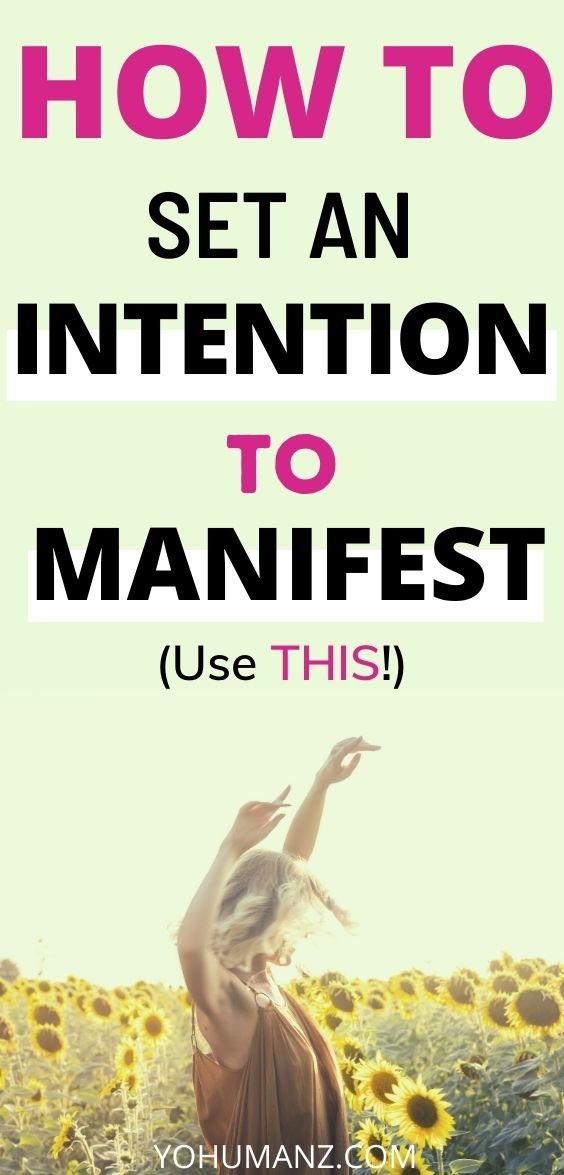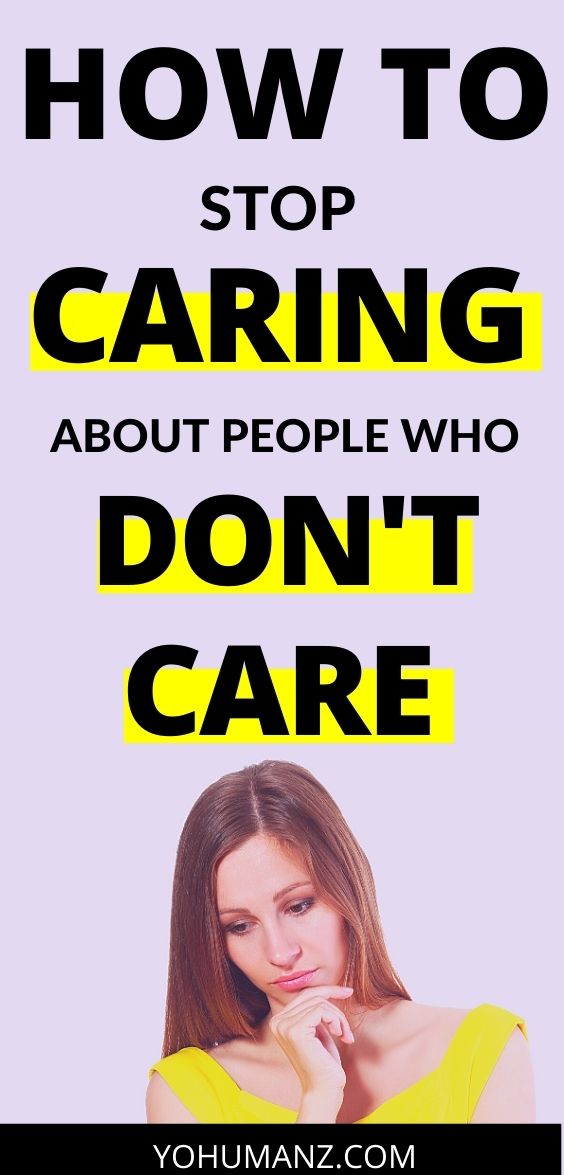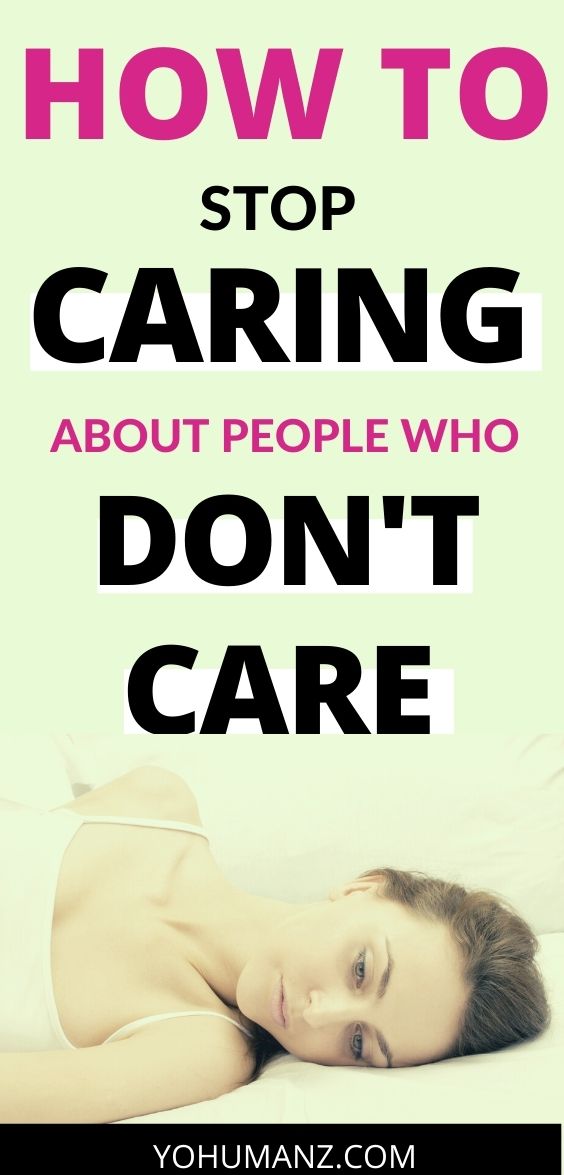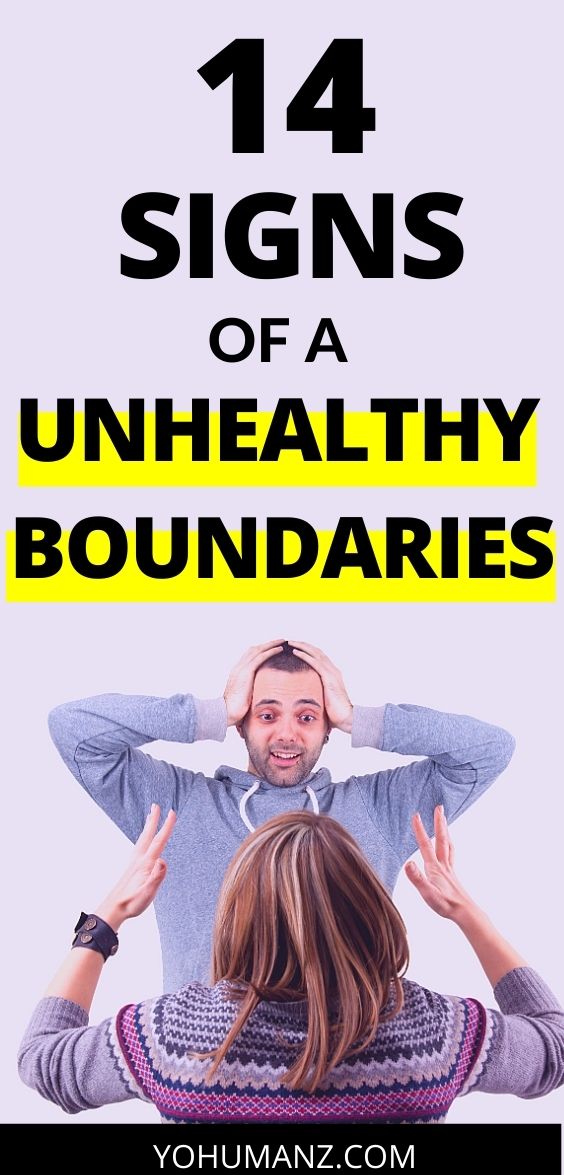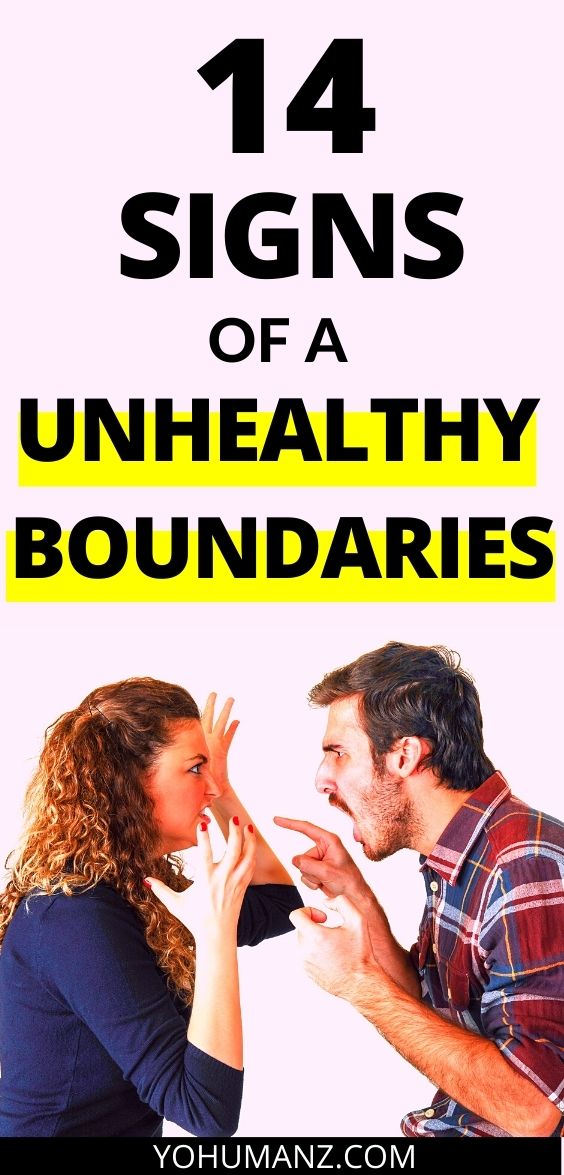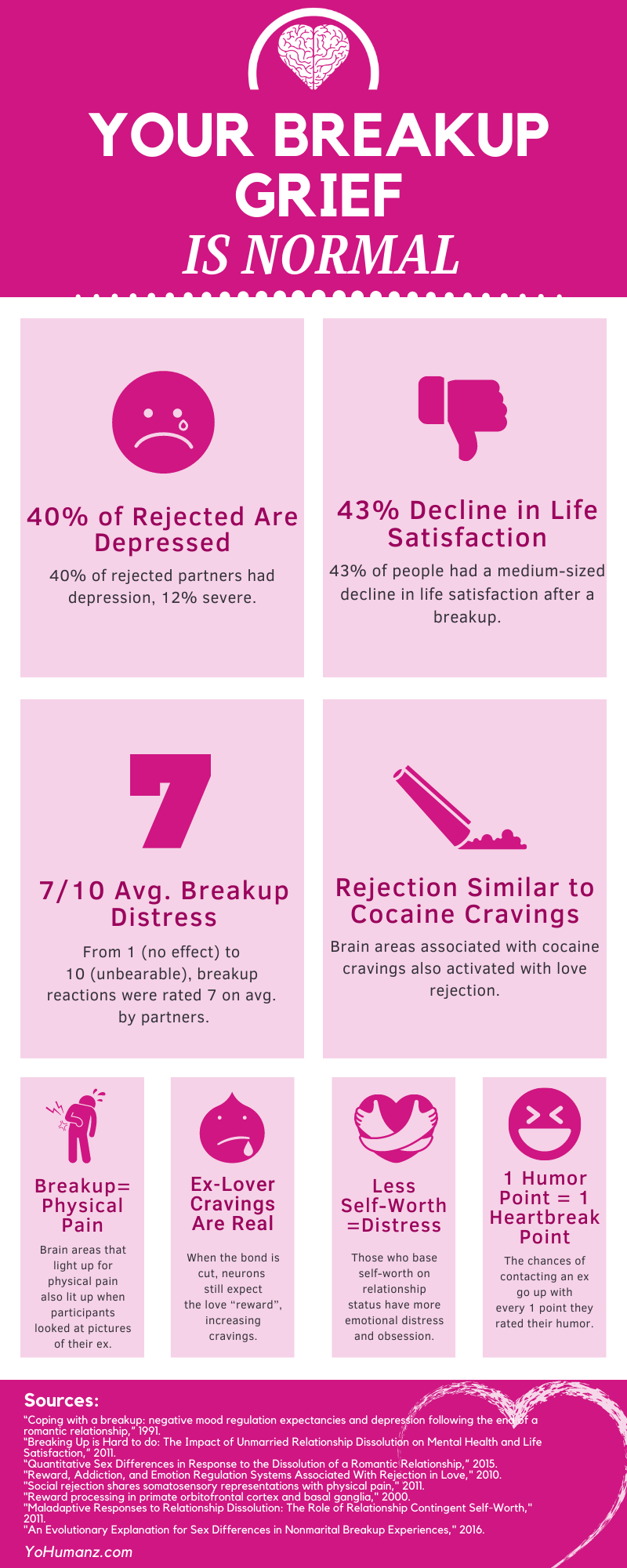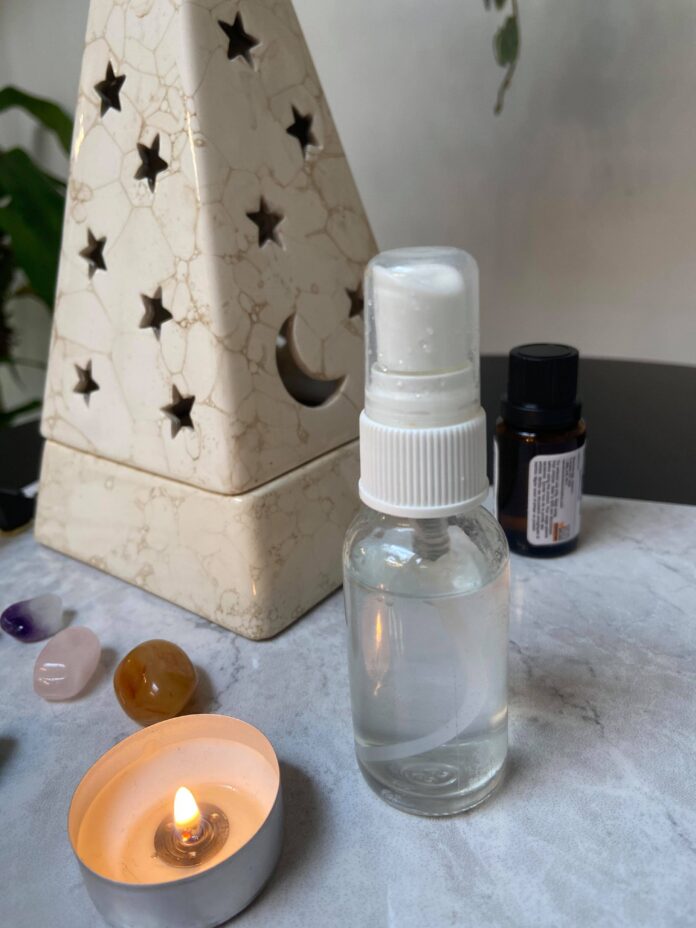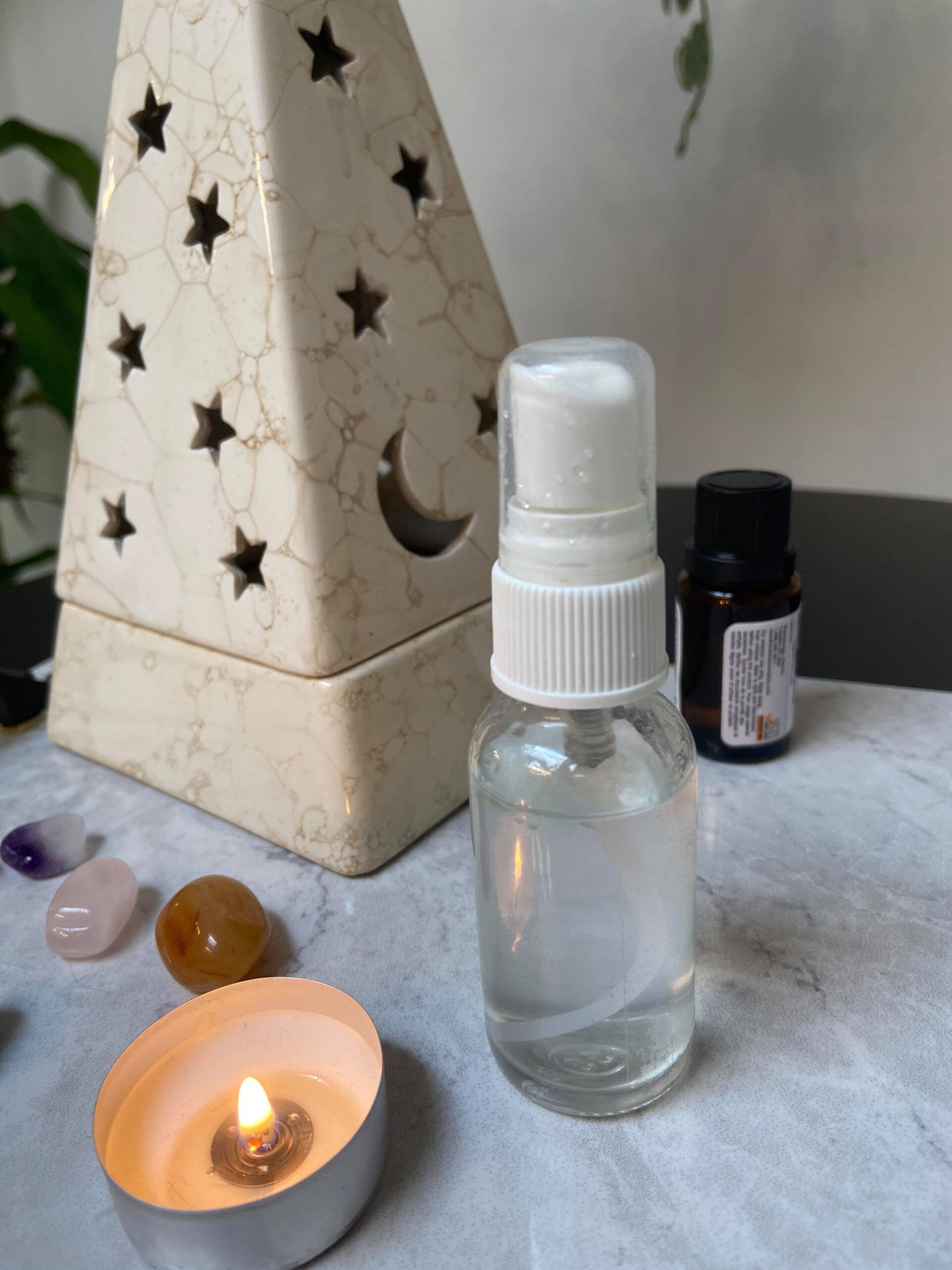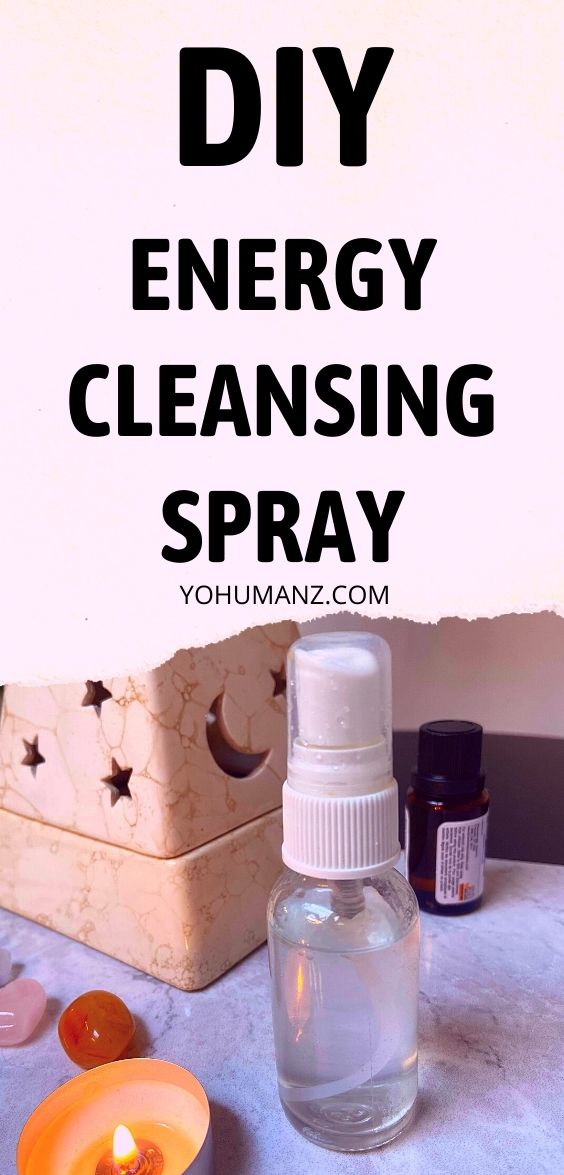Table of Contents
Staying positive when bad things keep happening is a chore.
The first few things are tough.
But with everything additional that happens, we get sent further down into depression, stress or anxiety.
It’s like we can never catch a break.
We try to be positive but it’s getting increasingly harder.
We know that having hope can give us the energy to move into better times.
Yet it seems more difficult each day.
In this post, we’ll show you how to stay positive when bad things keep happening.
How to Stay Positive When Bad Things Keep Happening
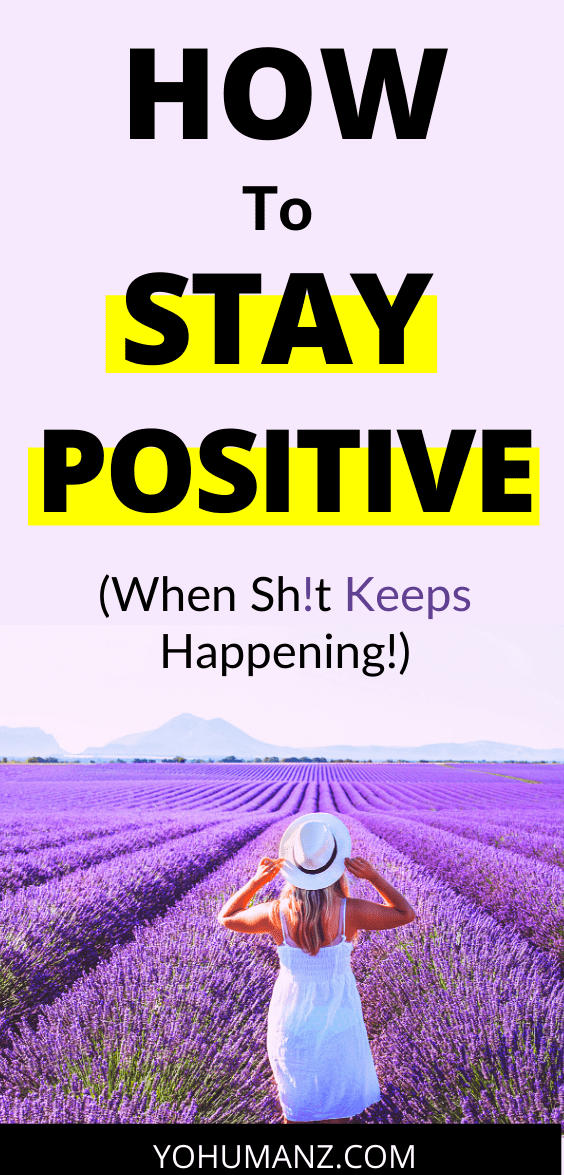
I’m in one of those stages in life that nothing seems to be going right. And yet, to keep moving forward, I have to maintain some sense of hope—which requires a little positivity.
That’s a really hard feat most days, not going to lie. But it’s a little easier using these tips below.
Have Social Support
Research shows that people who have better perceived social support have more happiness. Having a strong social support system, especially during tough times, can really make a difference. Whether it’s having a friend to talk to about issues or a family member to take your mind off of things, they can help you feel more positive.
Exercise
Exercise releases endorphins—the body’s feel-good chemical. So even if you’re feeling negative, sad or mad, doing something physical can help you feel at least a bit better. It’s a good idea to add exercise into your daily routine to help keep positive. However, you can amp up that habit when you’re feeling particularity low. It can be an apartment friendly workout video, beginner’s yoga video or just a walk down the street.
Allow Yourself to Feel
Often people who are overly positive have trouble feeling down. They try to push the feeling down. But that only pushes it down the line so that you need to deal with it later instead of now.
Allow yourself to feel whatever negativity you’re feeling, whether it’s sadness, anxiety or anger. Know that, as a human, having emotions is normal. And it’s even more normal to feel them.
Then, see what you can do to try to release of express how you feel. That could be:
- Writing down in a journal
- Venting to friends
- Talking to a therapist
- Doing something creative
- Crying
- Screaming into a pillow
Do a Good Deed
Doing good things for others makes us feel good. So even if we’re not feeling happy, doing a good deed can help raise our spirits and recharge us with positive energy. It reminds us that good is still out there, even if we have to create it ourselves.
You can do this by donating your time, money or by doing a small act. Here’s some examples:
- Leave positive notes around
- Leave money around
- Leave a gift card for someone to find
- Leave a positive review for a video, podcast or pin
- Write a friend a positive note
Be Grateful
Being grateful when things are going rough can be hard. After all, having some things go well doesn’t necessarily make you feel better about the things that aren’t. But they don’t have to. Instead, think of gratitude as a refocusing of your energy on the good things. Sounds cheesy? Well, studies show that saying thanks can quite literally make you happier.
A simple way to get started is to keep a gratitude journal. You can fill this out every day at a set time as a habit. Or you can just do it when you’re feeling down. Even on the days when there’s nothing to be grateful for, go for the seemingly small things—like your eyesight, ability to talk, feet, hands, your father, your dog, your apartment, your coat, your shoes, etc.
Focusing on the good things can help put you in a more positive mood and shush out the bad things that are happening for a moment.
Meditate
This is something I need to do more of myself, so I hate writing about it. But it’s true. There’s so many benefits to meditation that it can almost make you angry. Even though sitting down and doing nothing can be difficult to make yourself commit to, it’s worth it.
One benefit it that it can help us increase our mindfulness. This state can help us become more positive and realistic about life, accepting it for what it is, rather than being so negative.
This mindfulness can also give us a greater awareness of when we’re being negative. For example, we’re more mindful of negative thoughts, so we’re better able to stop them and divert our attention elsewhere.
Take Action
Sometimes, we’re looking for ways on how to stay positive when bad things keep happening. But in reality, maybe we should be taking action and changing things instead. For example, if your life is so bad that it keeps making you feel bad and negative, consider if there’s anything you can change about it.
Of course, change takes time. Perhaps you know something should change, but can’t do it in one fell swoop, like a career change. In those cases, outline the steps and get started, even if it’s scary. You’re allowed to be scared and anxious and still move forward despite that feeling. Sometimes, we don’t have the answers to a situation, but we can commit to looking for some solutions.
If you’re feeling overly negative about something, consider whether you should take action on it, whether it’s a job, relationship, living situation, etc.
Use Affirmations
They aren’t for everyone, but affirmations can help us feel better and have hope for a brighter future. If you’re not sure what they are, affirmations are short, positive phrases. They’re usually written in the present tense, even if they aren’t true to the situation right now (i.e. “I am calm and in control.”).
These affirmations can be said out loud, in your head or written down. You can post them on sticky notes to leave around your home as reminders or use them in daily practices, such as mediation.
The idea is that saying these phrases will help make them true. There’s some research to back up that this is true. When we think about something so much, we’re more likely to see opportunities to make them happen. For that reason, it’s worth a try.
It’s also good to mention that affirmations don’t always work and sometimes they could make you feel more negative. For example, if you choose an affirmation you really don’t believe in or that is far from your reality, it could make you feel worse. Try to choose affirmations that you believe in and that are relatable to you.
To get some ideas for affirmations, you can read 33 Life-Changing Positive Affirmations For Anxiety.
Accept the Situation
As I mentioned above, meditation is a good tool for mindfulness, which involves accepting a situation as it is.
Even if you’re feeling negative, anxious, mad or sad about a situation, try to accept it as is. If you can’t change it, accept that fact. Knowing that you can’t change it, focus on what you can control—which is how you feel. Even if it doesn’t feel like you can control how you feel, you likely have a lot more control over that than the situation.
Know that it’s normal for life to have ups and downs. And therefore, it’s normal to feel ups and downs to. Sometimes, periods of life will be happy and glorious. Other periods will seem like never ending, dark ones. All of this is part of the human experience.
Reject Toxic Positivity
There’s a new trend of “good vibes only,” in which we’re only allowed to feel all good all the time. It’s really unrealistic and it’s really fake. It also doesn’t help anyone. Actually, it hurts people because it gives them a false expectation.
We are not positive Polly Pockets. We are human beings. We are going to feel negative sometimes. While we can and should try to feel better, we should also know it’s normal to feel bad at times. Pretending we feel good and to be positive all the time does not help. All it does is shove the feeling down to deal with later.
To learn more about toxic positivity, read the downside to good vibes.
Look to a Higher Power
Believing in something greater than us can help us feel that all our struggles are part of a bigger plan. Or, maybe it just makes us feel like we’re apart of something. And that something good is out there still.
You don’t need to go all religious (although you can if you want to). But you can consider ways you can make your own beliefs, if you don’t already have them. Whether it’s Buddhism, new age, wicca or nature-based beliefs, there’s likely something out there that won’t completely repulse you.
Summary on How to Stay Positive When Bad Things Keep Happening
When life is difficult, it’s hard to be positive. While you may wonder how to be less negative, issues keep popping up and it never seems to get better. The first step is to forget about being upbeat and to let yourself feel your feelings—which can be difficult. Then, you can look to the ways listed in this post on how to stay positive when bad things keep happening. Remember that ups and downs are a natural part of life and it’s okay to feel negative sometimes. If you get too stuck in that emotion, consider help from a professional, like a counselor.






